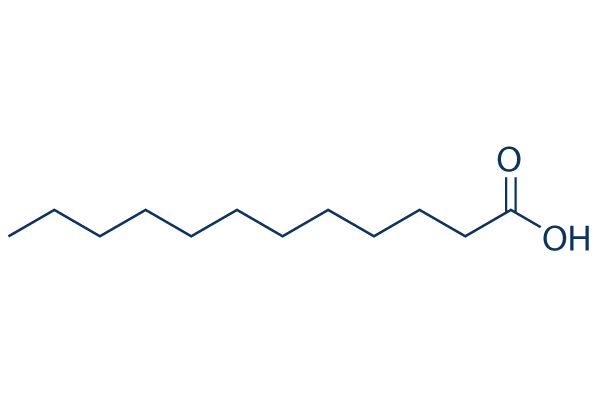Posted by Jordan Berry
In 2005, date seeds found on an archaeological hunt in Masada, Israel were planted in the Center for Sustainable Agriculture in Arava, Israel. For all intents and purposes, the possibility that the seed could be activated and utilized, let alone grow and produce dates, was seen as essentially impossible. However, as Isabel Kershner reports in a recent article in the New York Times, the impossible just happened, and dates were produced from this tree 15 years after the seeds were initially planted. These dates were used anciently for medical purposes according to religious texts such as the Qu’ran and the Bible, and other primary sources from the time. Medical studies may be completed with these new dates to test how effective they might be for possible treatments or for extraction of components for treatment. For most people, the possibility that some seed 2000 years ago could grow into anything, let alone have the capacity to fully grow then reproduce to assist in production of far more dates, is insane. To a chemist, however, this is relatively easy. If one has ever investigated the composition of a date seed, one would know the actual major component of a date seed is oleic acid and lauric acid. Saturated fats tend to be more stable over time and monounsaturated fats (like oleic acid) tend to also enjoy many of the stability benefits of a saturated fat. Given it was underground and in relatively controlled environments in a desert environment, there was little possible that could possibly destroy the date seed. If the seed was kept away from oxygen or from any species that might tend to harm it as well as have natural inorganic protections against bacterial infections or microbial life forms that may be interested in harvesting its fatty core, it could be kept for many hundreds and in this case thousands of years.

Figure 1 Oleic Acid Figure 2 Lauric Acid
Surprisingly, the article does not place any controversy in any larger context. For the writer as well as researchers and others associated with the project, it is pure astonishment and surprise. This reinforces the idea that scientists, particularly chemical biologists when considering the chemical implications, are “miracle workers” and able to produce things that nobody else could think possible. This stereotype is both highly prevalent among pro-science advocates as well as people who see science as a functional field over a theoretical and experimental field. It refutes the “unnatural” hypothesis, that by tampering with nature and doing things that otherwise might have not been done if chemical and biological knowledge was unavailable would be unnatural. This article also refutes chemophobia by instead of focusing on aspects of this research like what mutations might have been brought back to life or on the unfounded presumption that a 2000 year old plant sprouting is unnatural, focuses on the wonder of being able to produce the tree and its fruit in the first place. This discovery actually gives us access to “a date with history."
No comments:
Post a Comment